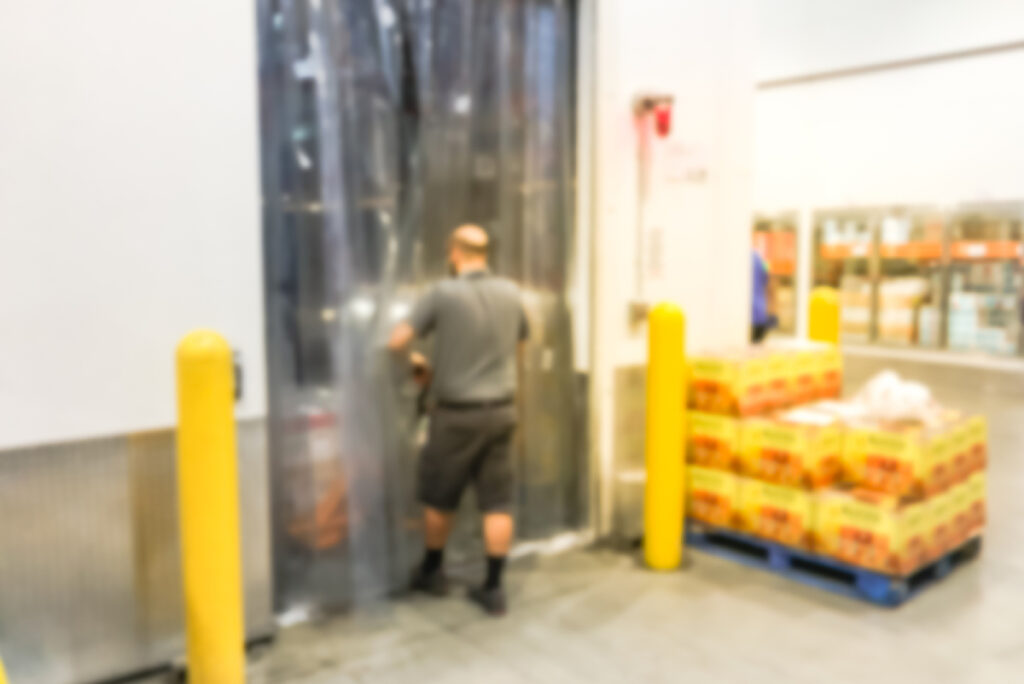
Supermarkets are essential for providing fresh produce, meats, dairy, and other perishable goods to consumers. Just as cold rooms are essential for pharmaceutical innovation, walk-in refrigeration systems are crucial for supermarkets to keep products at safe temperatures and maintain their quality. These systems have become the backbone of modern grocery storage, with walk-in chillers and freezers playing a key role in food safety, efficiency, and profitability. Let’s dive into how supermarkets benefit from these refrigeration systems.
The Role of Walk-In Refrigeration in Supermarkets
Walk-in refrigeration systems, including walk-in chillers and walk-in freezers, are designed to maintain a consistent temperature for storing perishable items. These systems are typically large, insulated rooms equipped with refrigeration units that allow supermarkets to store goods at the ideal temperatures for preservation. Without these systems, supermarkets would struggle to keep food fresh and safe for customers, leading to higher waste and operational inefficiencies.
The Benefits of Walk-In Refrigeration for Supermarkets
1. Preservation of Product Freshness
The primary benefit of a walk-in chiller in supermarkets is the preservation of product freshness. Perishable goods like meats, fruits, vegetables, dairy, and bakery items require precise temperature control to maintain their freshness and prevent spoilage. By using walk-in chillers, supermarkets can store these products at the optimal temperatures to ensure they remain fresh until sold.
For example, fruits and vegetables are typically stored at a higher temperature than meats and dairy products, which require colder conditions. Walk-in chillers provide the flexibility to store different types of goods in their respective temperature zones. With proper refrigeration, supermarkets can extend the shelf life of their products, reduce waste, and improve overall customer satisfaction.
2. Reduced Energy Costs
Supermarkets face significant energy expenses, particularly when it comes to refrigeration. The operation of walk-in freezers and walk-in chillers accounts for a large portion of a supermarket’s energy bill. However, modern refrigeration systems are designed with energy efficiency in mind. By investing in high-quality, energy-efficient walk-in refrigeration, supermarkets can reduce energy consumption and cut costs in the long run.
Moreover, having a dedicated walk-in chiller or freezer allows supermarkets to store large quantities of products in one centralised location. This helps optimise the overall energy consumption by reducing the need for individual refrigeration units scattered throughout the store.
3. Improved Food Safety
Food safety is a top priority for supermarkets, and proper refrigeration plays a critical role in maintaining safe temperatures for perishable goods. The walk-in refrigeration system ensures that items such as raw meats, dairy, and frozen goods are kept at the correct temperatures to prevent the growth of harmful bacteria and pathogens. This reduces the risk of foodborne illnesses, ensuring that customers receive safe products.
4. Increased Storage Capacity
Supermarkets often need to store large volumes of products, especially during busy seasons or promotions. Walk-in chillers and walk-in freezers offer ample storage space, allowing supermarkets to stock up on a wide range of products without taking up valuable floor space. This increased storage capacity helps supermarkets keep a wider variety of goods in stock and improves their ability to serve customers efficiently.
5. Convenient Access for Stock Replenishment
Walk-in refrigeration systems are designed for ease of access. With large, walk-in units, supermarket staff can easily retrieve products without the hassle of handling smaller refrigeration units. This allows for quicker stock replenishment and better organisation of perishable goods. The ability to store products in an organised and easily accessible manner makes restocking simpler, reducing the time spent on inventory management and ensuring products are always available to customers.
6. Cost-Effective for Bulk Purchases
Supermarkets often benefit from purchasing perishable goods in bulk, which helps to reduce the cost per unit. However, bulk purchases require adequate storage, which is where walk-in chillers and walk-in freezers come into play. These units allow supermarkets to store large quantities of perishable items for extended periods, ensuring they are well-preserved and available for sale at the right time.
7. Compliance with Health Regulations
Supermarkets must comply with various health and safety regulations to operate legally and maintain customer trust. These regulations often require that perishable goods be stored at specific temperatures. Walk-in refrigeration ensures that supermarkets meet these stringent requirements, helping them avoid penalties and ensure that products are safe for consumption.
Conclusion
Walk-in refrigeration systems are essential for the smooth operation of supermarkets. From preserving product freshness and improving energy efficiency to ensuring food safety and compliance with health regulations, the benefits of walk-in chillers and walk-in freezers are undeniable. Supermarkets that invest in high-quality, energy-efficient refrigeration systems can improve their profitability, reduce waste, and offer customers the best possible shopping experience.
For supermarkets seeking reliable walk-in refrigeration solutions, Cold Chain Refrigeration Pte Ltd offers top-tier products and services. Whether you’re looking for energy-efficient walk-in chillers, walk-in freezers, or expert consultation, Cold Chain Refrigeration Pte Ltd is here to provide tailored solutions for your business. Contact us today to learn more.
